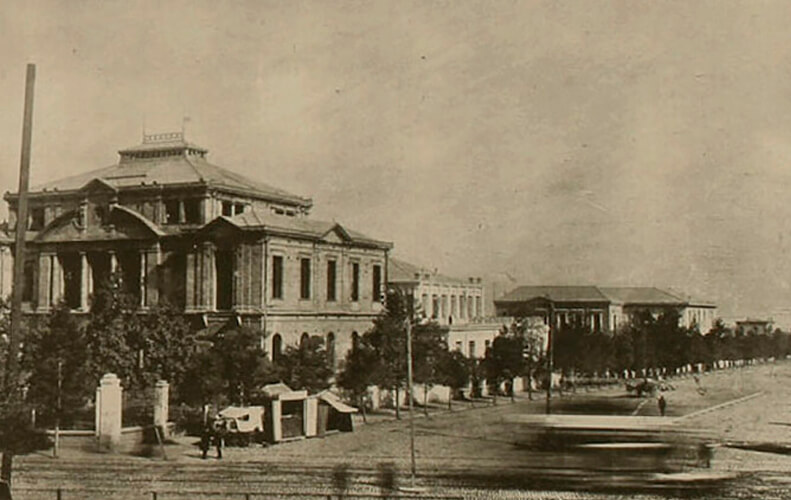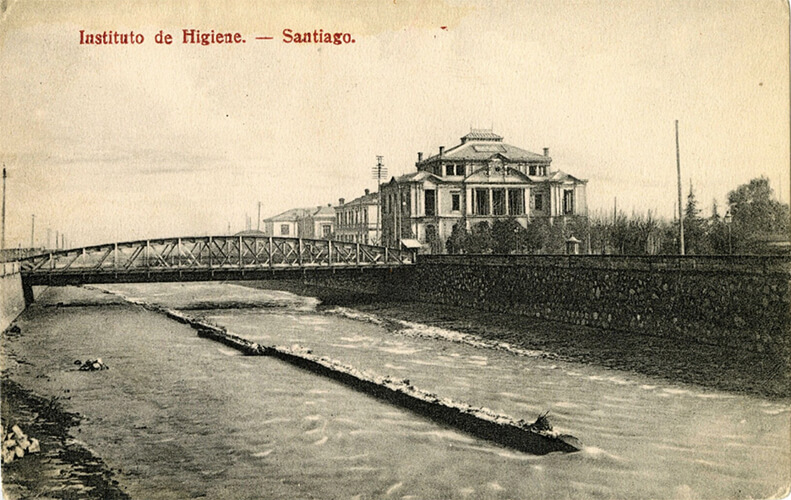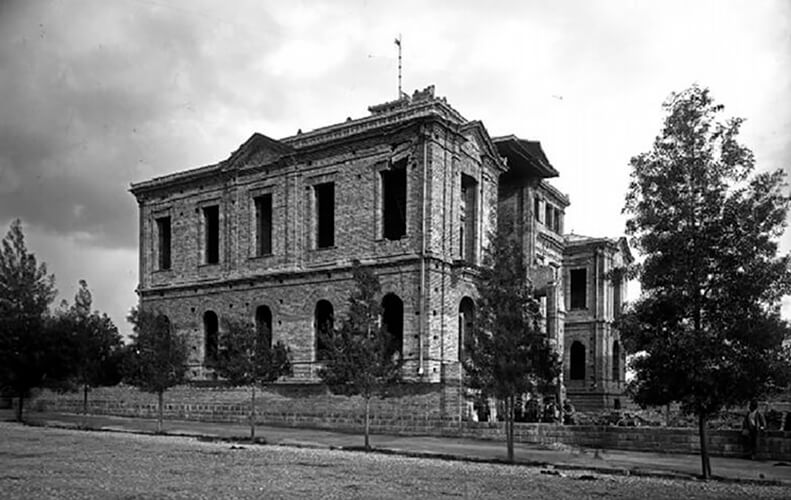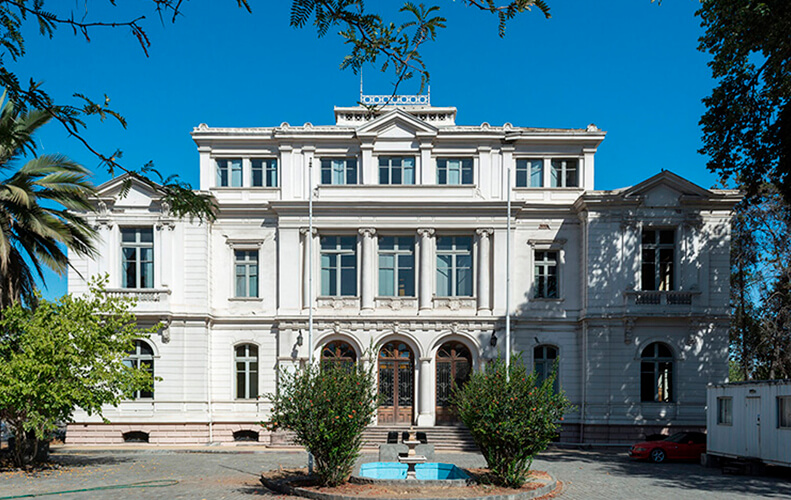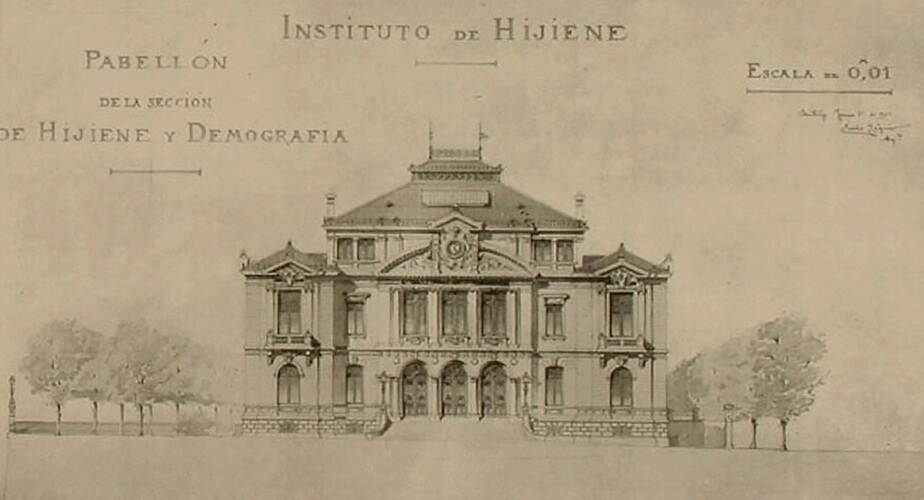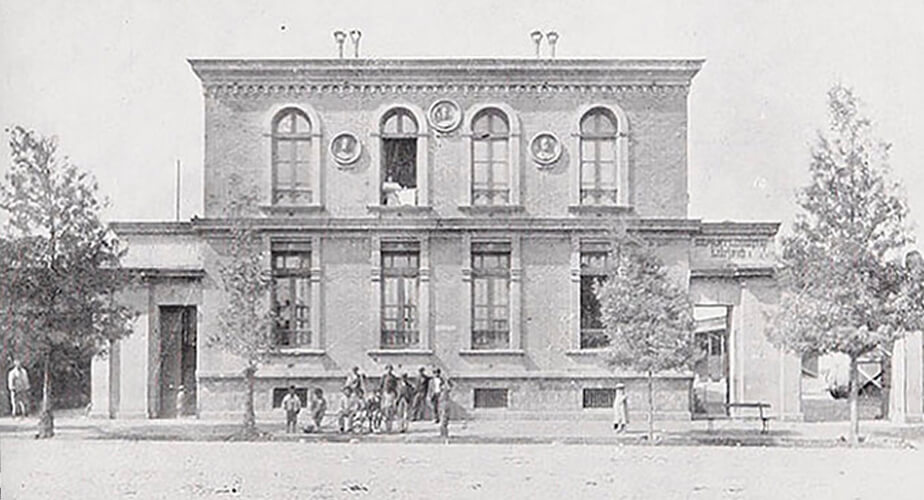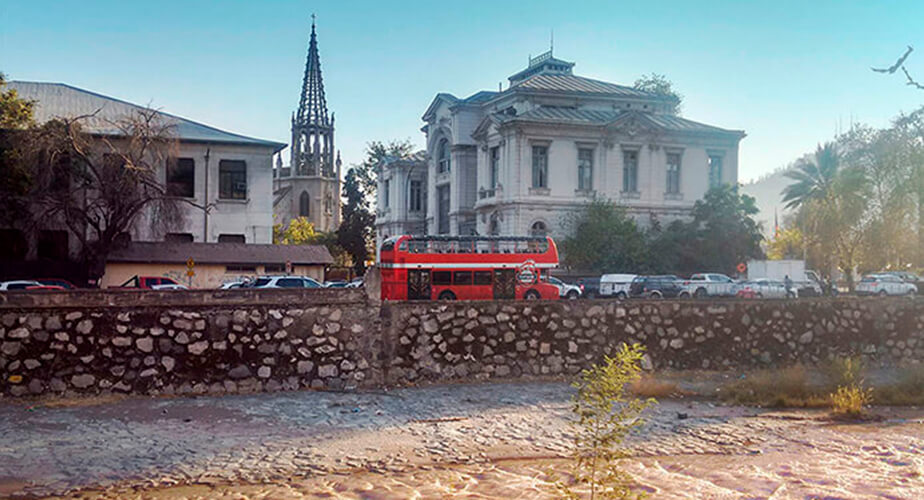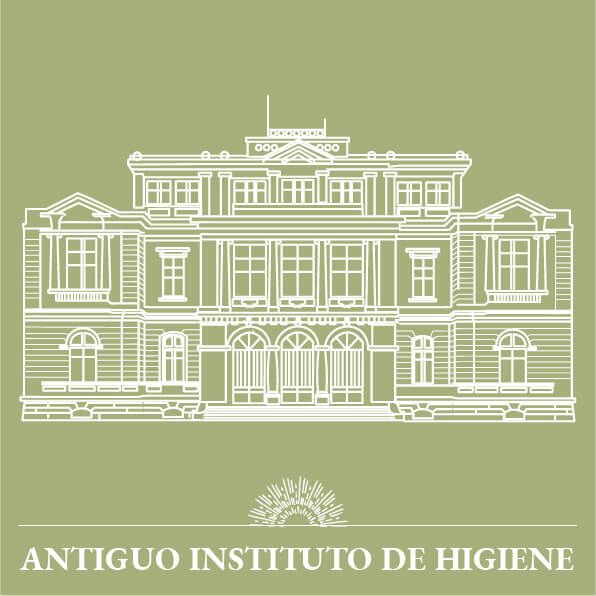
During the 19th century, a large portion of the population lived in extremely unhealthy conditions. Plagues and epidemics were common and the death rate was alarming, so the State began implementing various public health policies. The Instituto de Higiene was built in 1902 in this tumultuous historical context, having been designed by the outstanding architect Emilio Jecquier. Its main objective was to carry out scientific studies and determine the health standards that should govern public and private institutions. It had a total of five sections: statistics, chemistry, bacteriology and microscopy, serotherapy and disinfection. In 1924 it was closed to make way for the Ministerio de Higiene, Asistencia y Previsión Social (Ministry of Hygiene and Social Welfare). In 1929 the Chilean Bacteriological Institute began operating in the building and in 1952 this became part of the National Health Service. In 1977 it passed into the hands of the Central Nacional de Informaciones (CNI), the Pinochet regime secret police, and in 1988 to the Policia de Investigaciones (PDI), the post-dictatorship investigative police. It was declared a National Historical Monument by the Ministry of Education on October 20, 1984, under Decree Nº 649.
Instituto de Higiene 1910. Colección Carlos Cornejo, Archivo Fotográfico Biblioteca Nacional.
Río Mapocho por la mañana. De Bilobicles [CC BY-NC-SA 2.0], en Flickr.

